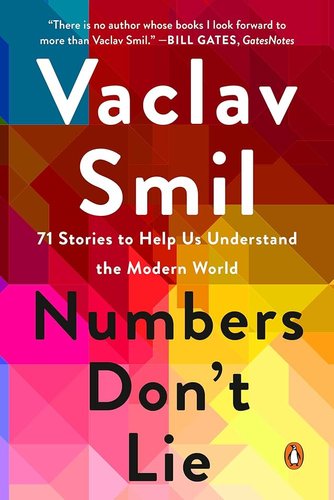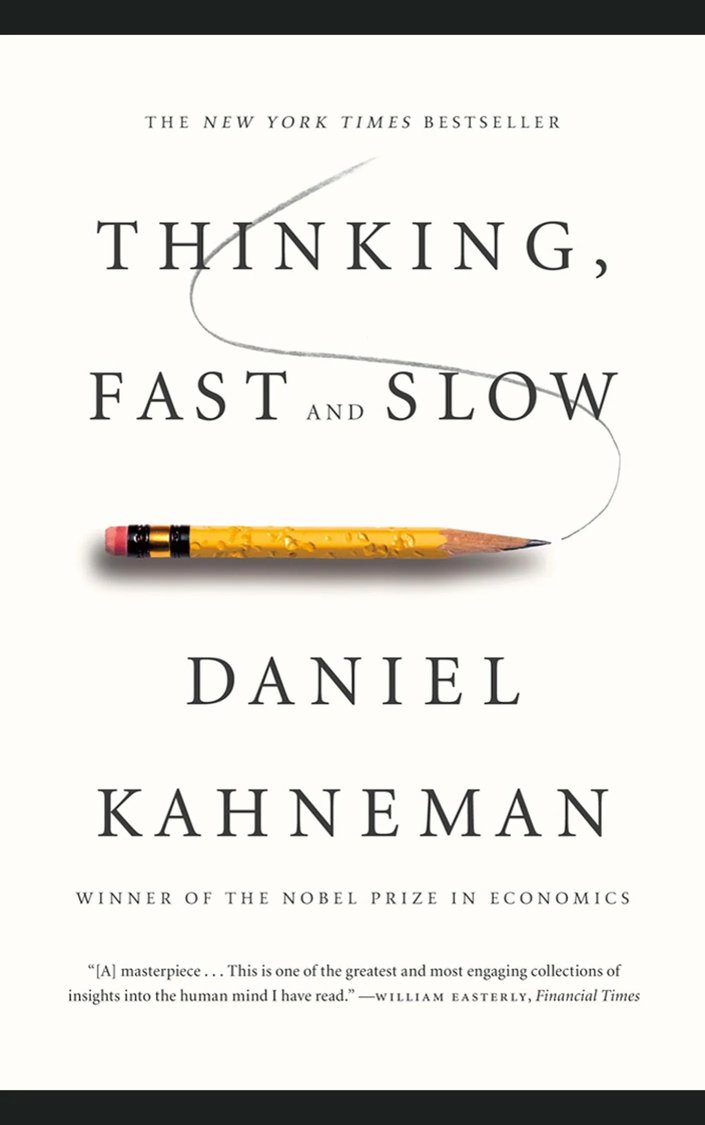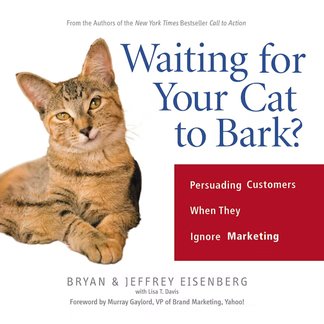Key Takeaways
- Utilize eye-tracking studies for your most important pages to understand where visitors are focusing their attention and to optimize the placement of key elements like call-to-action buttons.
- Design your landing page with clarity and simplicity in mind. The main call-to-action should be clear and not compete with other elements on the page.
- Use analytics and user intelligence tools like heat maps and scroll reports to understand user behavior on your page. This can help identify issues like scroll problems and areas of the page that are not getting enough attention.
- Analyze click reports to understand what elements or offers on your page are most attractive to users. This can help prioritize the placement of these elements on the page.
- Use form analysis to identify fields that are causing users to abandon the form. Consider breaking up the form into pieces or eliminating unnecessary fields to improve conversion rates.
Summary of the session
The webinar, hosted by VWO’s marketing manager, features Brian Massey, Founder of Conversion Sciences LLC and author of “Your Customer Creation Equation”. Massey, a renowned speaker and expert in digital marketing and conversion rate optimization, shares his insights on how design has fundamentally changed due to new tools and disciplines. He emphasizes the importance of updating design strategies to reduce risk in digital design.
Using real-life examples, Massey illustrates the potential pitfalls of website redesign and the importance of testing new designs to ensure they enhance, rather than hinder, user experience and conversion rates.
Webinar Video
Webinar Deck
Top questions asked by the audience
-
Is there a framework or method that you follow to avoid cognitive bias when creating tests for your clients?
Yes. So we use the scientific method. As I said at the beginning, the scientific method starts off with doing some research to begin to understand your ideas. And really, we work in terms of ideas, no ...t in terms of tests. So we collect every possible idea that could improve the conversion rate. And then we use these tools. We get curious. We go and look at our AdWords. We go and look at some user tests. Whatever we have, analytics is a great resource for that. And we rank the test. I mean, the ideas are based on how much evidence we see. Is it affecting a lot of traffic? Is it a really difficult test to implement, or is it an easy test to implement? Because changing headlines is a lot easier than producing video for a landing page, but those are both great ideas. But we're gonna test the headline first probably because we'll be able to get that done. So we have these ideas. We rank them, and we take those at the top. And as I said, we've designed tests that either user tests or A/B tests that prove our idea wrong. We're trying to prove ourselves wrong and get these ideas off. And if we're unable to prove it wrong, this is, you know, A/B test data is the best data you can collect. If you can't prove it wrong, then it's a winner, and we'll make it permanent on the site. And with Visual Website Optimizer, you can actually keep running that test. We call it a routing tester of personalization to 100% of the traffic while the back-end company, the back-end development team schedules that test to make it permanent on the site. -
Are there any commonly false assumptions you find people make when redesigning or optimizing a website? And, second is, how would you approach a website if it's a long term project or partnership?
- by GuadalupeGreat. So, the first question is probably the best example of a few years ago when rotating carousels were all the rage. Every template produced had where you're putting multiple images and they would ... rotate. And it turns out that that's not a very good idea from a conversion standpoint. The truth is that whatever the first one was was the most impactful. And the most so the motion of those things distracted people from reading your page. So they couldn't consume the copy, and the load time for each of those images slowed your page down, which we know is, often, a negative impact on conversion rate. So that's a great example. And now people are putting videos in that area. Again, slow load times, motion, and a lot of these videos aren't even moving the value proposition forward. They're just fun, emotional, you know, stock stuff. And, it's just not a good use of that. A lot of people are using animation. So as you're scrolling down the page, things are sliding in, things are popping up, we've never tested this because we've never seen any evidence that it's helpful. So none of us whenever we say, well, maybe we should add some motion to the text. No. Add motion to those things that are most important. So if you wanna add some motion to your form, That might be a good idea because it guarantees that the visitor is going to see that you're asking them to make a choice. You wanna add some motion to the call-to-action button, those would be the proper uses. Otherwise, you're just making it cognitively harder for the brain to consume the page. Does that make sense? -
How would you recommend testing a new design versus an old one running them on different URLs or other methods?
It's always best to keep the URL the same. So we wanna, as much as we can, isolate variables, remove anything extra that changes. So if you can keep the URL the same, that's great. VWO has a fantastic ... facility for making changes to websites. As you saw, we changed an entire website's design, but we didn't have to change any of the URLs. So, the tools are there for you to do it. Sometimes it's easier to create another page and do an A/B test that way. And if the URL has to change, just know that it might be creating a little bit of noise or skew in your design. Try to keep them as similar as possible. It would be the best rule of thumb. -
What is the name of the tool which you used to see all those tools that Adidas used?
Oh, we use, either Ghostery or Wappalyzer - W a p p a l y z e r - I believe. They're snooping tools, and they literally go and look for tags that are on your competitor's pages. And I recommend you g ...o do it if you really wanna build a case for conversion optimization, go look at your competitors and see what they're doing or even take sites that your executive team loves that they would like to be more like. Go and see if they've got tools on their site because it'll show you if they've got Visual Website Optimizer on there or the heat-mapping tools that are on the market, and what kind of analytics they're using. Even if they've got it, if you come back and say, yes, this site is wonderful because these people are testing, then you've got a pretty good case for calling Conversion Sciences and buying Visual Website Optimizer. -
How do you determine if you need a full redesign on a page versus optimizing the current page? Also, how often should you apply a full redesign on a page?
- by David YonYeah. So there are two big things that would require a redesign where you're doing a significant change to the page. And what number one is the lack of a visual hierarchy. So when somebody comes to a ...page and they say it's cluttered, what are they really saying? What they're saying is that cognitively, it's hard to understand what's important, what's most important, and less important on the page. You're not helping them. Your layout is not helping them find their way to the primary points. You probably have a lot of pictures. They're all close together. There's not a lot of white space. So a good designer's job is to almost be a draftsman. To design a page that brings a visitor's attention to the most important things and steps them through a decision-making process. You throw everything on the page and ask the visitor to read everything, comprehend it and make a decision, well, it's not gonna happen. You will exhaust your System 2 brain. And once System 2 gets exhausted, it jumps back down to System 1. And all System 1 knows how to do is click on something at random or hit the back button - abandoned. And that's not what we want. Right? So, usually if we've got just a poor visual hierarchy, we will redesign the page. The other one is not effective value proposition communication. In general, when someone comes to your page, there's two questions you have to answer for them. Number one - are they in the right place? So this is why we demand that our landing pages keep promises made in the ad. If you say 50% off on the ad, your landing page has to say 50% off and somewhere at the top. The second thing is why should I stay here? Why should I continue to explore this business as opposed to jumping back to the search and going to the next one? And so this is about developing your value proposition. You've gotta nail it at the top, but if you get that right, you'll have people that will read and consume the page. So if you're not doing a good job of that, some that will often require a rewrite of the copy. And that generally follows with a rewrite or a redesign of the visual hierarchy to make sure that they're seeing your value proposition and just the reasons that they should be there and stay there. Does that make sense? -
Do you have any favorite test or best test or any test that surprised you? You weren't expecting it to work, but it worked.
Well, that's the beauty of conversion optimization as you are surprised a lot. A lot of the time, your most beloved variations don't win. And so it's a little humbling. I think I hinted at one of the ...things that we've been having a lot of success with, and that is switching from the form to more of a multi-step quiz style approach. We've seen test lists of 60%, 30%, in one case, 90%, by removing the form and asking for little bits of information at multiple steps. It kind of flies in the face of what we think will happen because every time someone has an option to click, they have an option to abandon. So we're increasing the opportunities for abandonment. But we're finding that we can use this space to really educate them on why we need this piece of information and what's gonna happen with it in each of those steps. And when you get to some of those stop fields, if you do have to ask for a phone number, then explain, like, we won't call you on this number unless there's a problem, you know with the demo that we're scheduling or something like that. You explain why you want that information and continue through. If you want, what size is your company, you know, say that we have a variety of offerings, and we wanna make sure that you get to the right person to give you a demo. So, you know, just very simple stuff. But it's handling objections that occur at each step in the form. Or if you have just one form, all those objections show up at once and you don't have any room to manage them. I think that's why this one is working very well. In general, new clients that come to us have value proposition issues. So I would recommend hiring someone outside the company to help you write your copy and really take a look at your headlines, and the subheads. The subhead's job is to get them to read the next paragraph and then nail that paragraph, and then you're gonna find people that are really beginning to understand the value of your service or product. I can't hear you now. -
What is the best advice if there is very limited digital data to start with? That is no Google analytics data and very little SM. Imagine service with existing customers.
Yeah. So serving existing customers is a great way to go. It gives you very qualitative data. So it helps you understand what their motivations are, what things in your value proposition you should fe ...ature first. I would start off with going to Validately. UserZoom now. UserZoom or User Testing, and have 5 or 7 people go through your site. And what these tools do is they bring a panel you can specify - what country they're in, what economic range they're in, male or female, some very broad levels. And they're getting better with their panels in terms of what you can specify. But they go through. You give them a task. So go buy this product or, go sign up for a demo. And then you watch them as they're talking out loud as they're going through the steps. You see where they're stumbling. They're gonna have plenty of moments where you'd like, "I can't believe we left that piece of information off," or "I can't believe they think that that's what that means." And that's gonna start to give you your first set of high good hypotheses. We do this on almost every client that we do because we learn a lot. Watching 5 or 7 of these, you wanna send. We typically do 3 to 4 on desktop and 3 to 4 on mobile, and watch those. It's great to take in front of your executives or, if you're an agency, to your customers and you're showing exactly where people are stumbling. It's a great way to build support for your testing program. And, so that would be a great place to start and get analytics on your site. Just do it. It's free. If you use Google Analytics, and that you wanna be collecting that data even if you're not currently doing any analysis of it. Just start collecting it. -
Which is a book or a podcast or video that you're currently reading, watching, or listening to that you would recommend, like, a couple of these recommendations for our attendees?
Well, the book that got me into this is called ‘Waiting for Your Cat to Bark?’ by Bryan and Jeffrey Eisenberg. I am a very big fan. So, you know, one of the challenges that we have with these bias ...es going around in our brain is really understanding how to look at numbers. So, I love Daniel Kahneman’s ‘Thinking, Fast and Slow’. It talks about how easy it is to tire out our thinking mind, such that it falls back to our reactive mind, and that causes things like abandonment. So that's one of my all time favorites. And then I've just been reading, for instance—I just finished reading, I'm forgetting the name of it—oh, ‘Numbers Don't Lie’ by Vaclav Smil. And it's just a series of essays on how he looks at the data on everything from 'What the carbon footprint of phones is?' to 'Is flying really safer than driving?' And he puts the numbers to it. So you get to exercise that part of your brain that says, "I have this data, but on this day, which of these data points can I really believe?" And so, I would strongly recommend that sort of thing. And you'll have some of your sacred beliefs reversed by that book as well.
Reading Recommendations
-
Numbers Don't Lie
by Vaclav SmilNumbers Don't Lie is a series of essays on how the author looks at the data on everything from 'What the carbon footprint of phones is?' to 'Is flying really safer than driving?' Vaclav Smil puts the numbers to it. So you get to exercise that part of your brain that says, "I have this data, but on this day, which of these data points can I really believe?"
-
Thinking, Fast and Slow
by Daniel KahnemanThinking, Fast and Slow talks about how easy it is to tire out our thinking mind, such that it falls back to our reactive mind, and that causes things like abandonment.
-
Waiting for Your Cat to Bark?
by Bryan & Jeffrey EisenbergWaiting for Your Cat to Bark examines how emerging media have undermined the effectiveness of prevailing mass marketing models.
Transcription
Disclaimer- Please be aware that the content below is computer-generated, so kindly disregard any potential errors or shortcomings.















